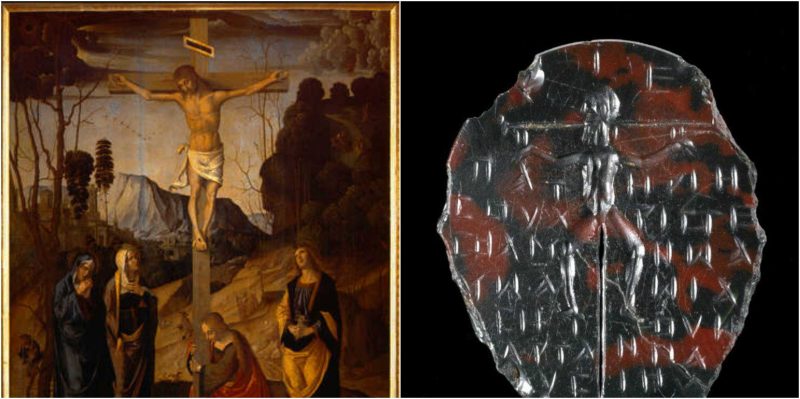When people think of Jesus and the crucifixion, they generally think of Him as having been nailed to the cross. It’s only natural, considering that’s how the event is usually shown. It is an especially familiar image from the Christian religion and Good Friday depictions. New research that has been done has now been looking into the question: Why was He killed that way?
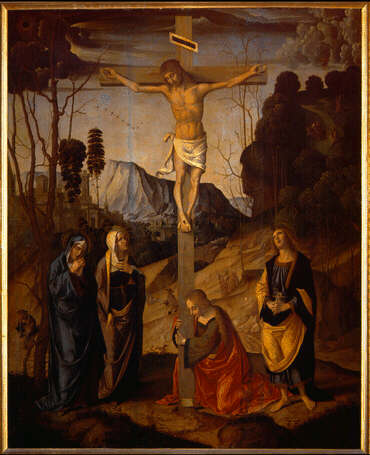
A lecturer in Biblical and Religious Studies at the University of Sheffield, Meredith Warren, said that there are conflicting documents about whether or not Jesus was nailed to the cross or tied to it. She said that Bible stories about Jesus’ crucifixion are traditional and only told one particular way, whereas other depictions tell of something quite different. In some of the earlier gospels like the Gospel of Thomas, it doesn’t talk about Jesus’ crucifixion; instead, the story focuses on His teaching.
However, the crucifixion event is one thing that all four canonical gospels agree on – the difference is in exactly how it was carried out. Matthew, Mark, Luke, and John all include the crucifixion, but in slightly different versions. None of those gospels in the New Testament mention whether or not Jesus was tied or nailed to the cross. However, the Gospel of John had talked about the wounds that were upon Jesus’ hands. This passage may have led people to believe that Jesus’ hands and feet were nailed to the cross, not tied.
The Gospel of Peter, which is a non-canonical gospel from the 1st or 2nd century, describes the crucifixion in verse 21. In the majority of the gospel it talks about after Jesus died and how the nails were removed from His hands. Another part of this passage talks about the cross itself and it being a major feature of the Passion narrative. In verses 41 through 42, the cross speaks and responds with its own voice to God about how it heard a voice from heaven.
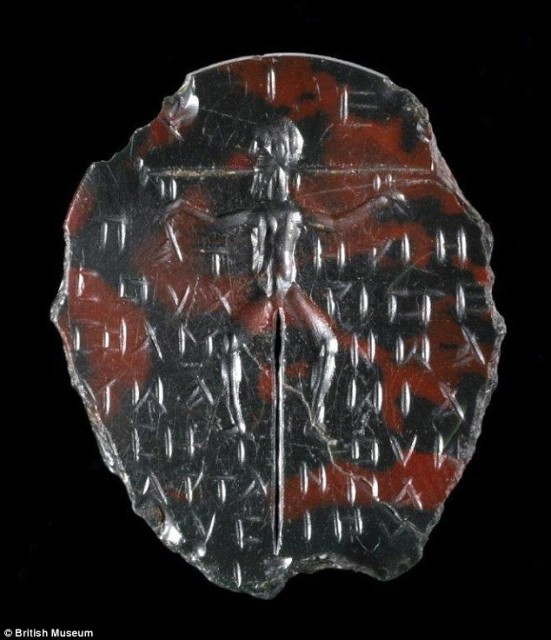
Over the last few years, people have been claiming that they actually found the real nails that were used to crucify Jesus. Each time these claims come up, biblical scholars and archaeologists point out that the assumptions and misinterpretations of evidence about the claims is why people might be wrong.
What’s even more interesting is that people are quite fixated about Jesus being crucified by nails and not rope. This is even so after readers have been told that earlier gospels don’t even mention Jesus having been nailed to the cross.
What’s not surprising is that the Christians took a while to accept the image of Christ on the cross. This was due to the humiliating way He died. Another surprising factor is the earliest image of the crucifixion – rather than being the devotional icons with which everyone today is familiar, the earliest image known is actually late 2ND century graffiti that mocks Christians.
The graffiti is called Alexamenos Graffito. It has a figure with the head of a donkey on a cross with the words that say “Alexamenos worships his God.” The graffiti wasn’t made by a Christian; this tells researchers that non-Christians were somewhat familiar with a few of the Christian stories as early as the 2nd century.
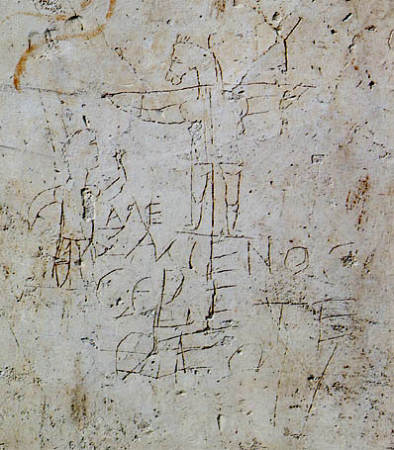
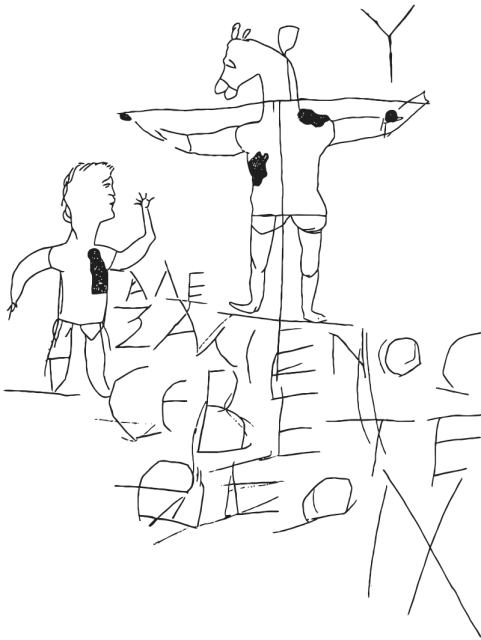
Other depictions had used gemstones which could have also had magical purposes. These are also some of the earliest depictions made. One depiction was a 2nd or 3rd-century piece of carved jasper which has a man on a cross surrounded by magic words. Another early image of the crucifixion is carved into the face of a carnelian gem which had been made into a ring. Experts believe that the Constanza gem dates from the 4th century. In this depiction, Jesus’ hands don’t appear to be nailed on the cross; they simply fall naturally as if He had been tied on the cross.
Since there is no evidence from antiquity, it doesn’t give a great answer whether Jesus was nailed or tied to the cross. Later on, Emperor Constantine ruled out crucifixion as a method of execution, out of respect for Jesus.
